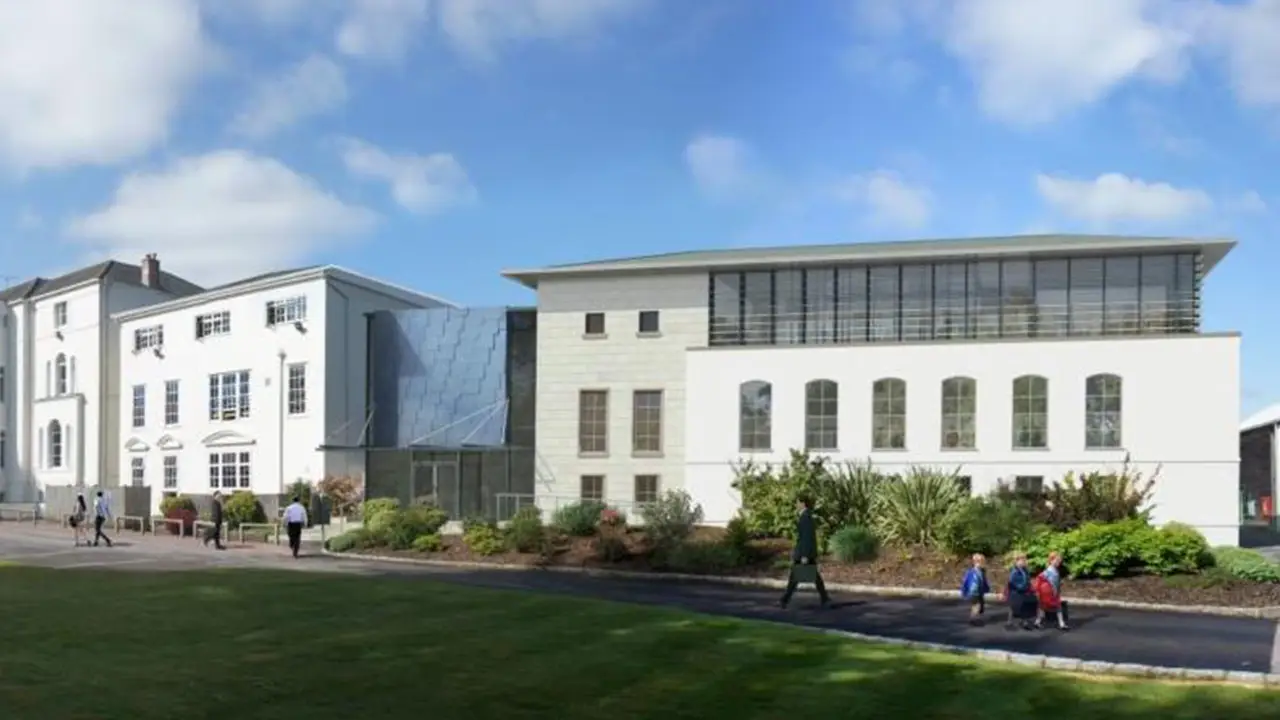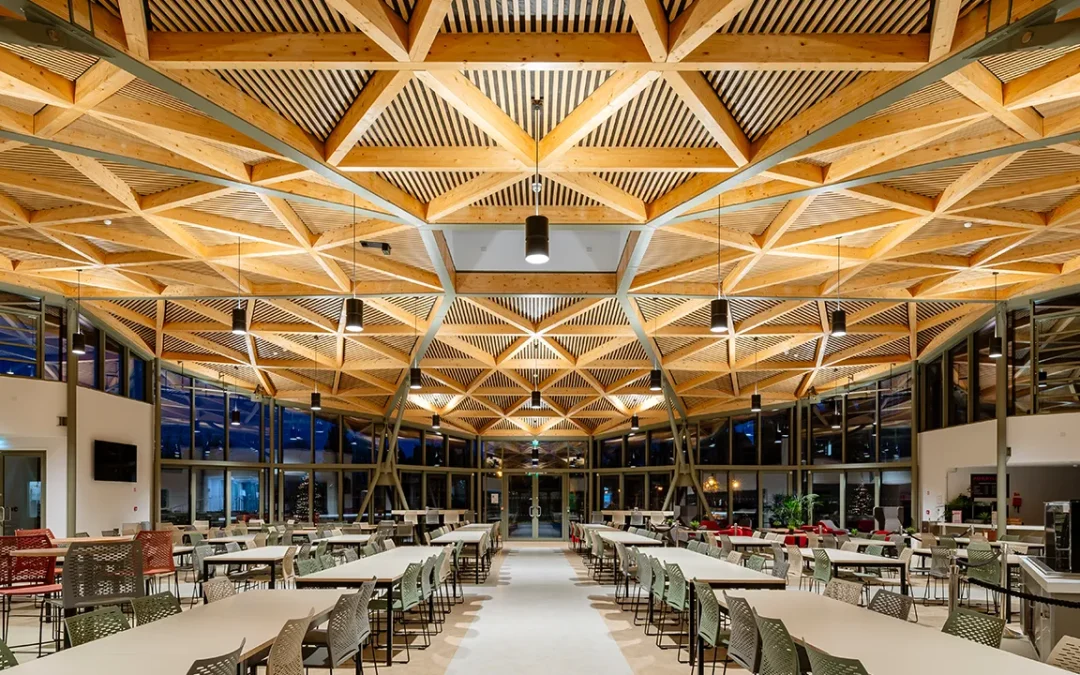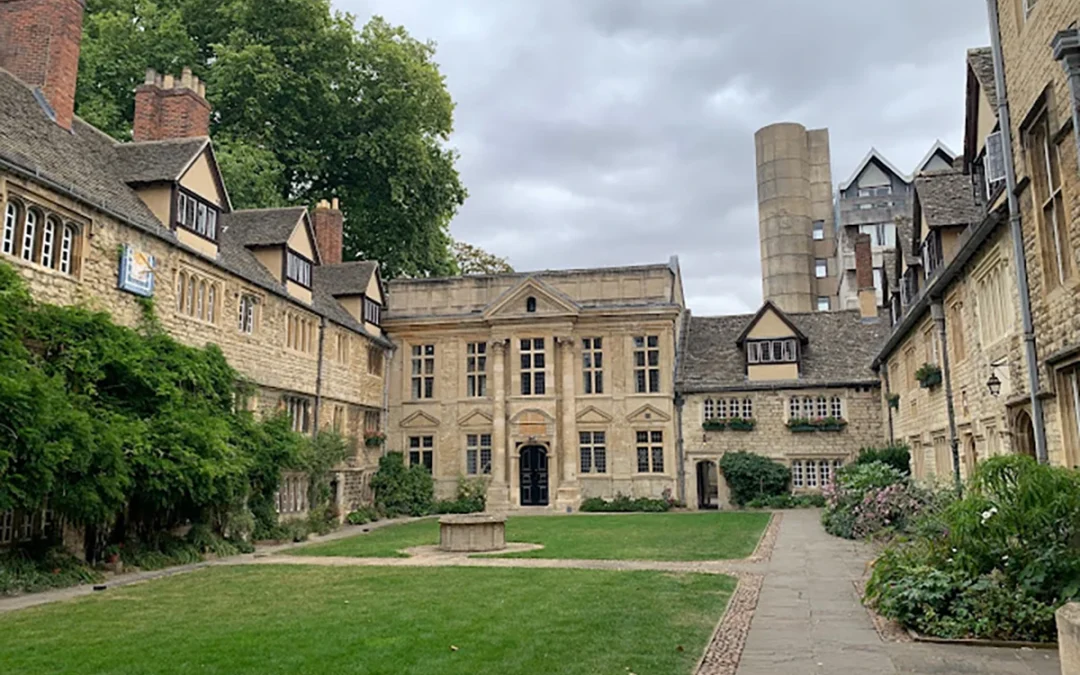Background / Objectives / Timeline
Bojen was asked to investigate the possibility of an innovative installation of power, energy efficient lighting & emergency lighting, lighting controls, ventilation, PV Solar, Wi-Fi & high-speed data installation, security & fire alarm installation. The brief was to install all of these to highest performance, but with low carbon emissions. Lambrook House main building was built in 1853, and as such, had several planning and renovation constraints.
Advance(s) Sought
The primary advance lay in achieving installation of high specification, state-of-the-art lighting, connectivity and electrical systems to listed buildings, whilst complying with all legislative restrictions and without incurring excessive costs.
Technical Challenges
Investigations of lighting, sensor control systems, etc. in a busy educational environment would have to be undertaken to determine optimum operability and minimal disruption during installation.
The engineering itself would cause considerable difficulties due to the age of the building. Considerable research would have to be done to be able to completely rewire the premises within current legislation but in-keeping with the building’s original aesthetic.
Particular challenges here included the need to develop and adapt different systems to reduce both running costs and carbon emissions. Void spaces were also very limited, so adaptations were required to fit everything in without raising temperatures above safe levels during day-to-day operation. At all points strict budget constraints were in place.
Multiple elements needed redesign to allow them all to work as part of a single system. These included: LED lighting with combined daylight harvesting and dimming systems, allied with absence/presence sensor controls; AOV (automatic opening ventilation) to create CNV (controlled natural ventilation) utilising temperature & rain sensors, actuators, etc., to provide features such as weather automation, comfort ventilation, group and zone control, timers and safety functions; heating systems and controls – including PV Solar – that needed to be inextricably linked to the AOV; intelligent smart metering and control panels; security and fire alarm controls; Wi-Fi and high speed data systems.
Resolution of Challenges, Project Outcomes and Future
Detailed coordination meetings and drawings were needed to assess if the equipment required would fit in the limited void spaces. Bojen trialled differing combinations of layouts to maximise space and lighting requirements.
Surveys had to be completed prior to any shutdowns to determine any loss of power in other parts of the building.
Design and redesign were necessary to try and mitigate against additional and extraneous costs that would push the final solution out of the client’s affordability. Lessons learned from previous projects proved useful in keeping these costs to a minimum. Further advances were made here that can feed into future work in similar scenarios.
This project was a success and has led to the school using Bojen regularly, as do the external consultants who were involved in the project.
Bojen are monitoring performance of the systems and expect to undertake further R&D to design adaptations to further improve performance.
Prototypes / Testing
Prototype system configurations were constructed and became a first of class when installed at the school.





